About Loopring (LRC)
Loopring (LRC) is an Ethereum-based protocol designed to create decentralized exchanges (DEXs) while leveraging the advantages of both centralized and decentralized exchanges. It is an open-source, audited, and non-custodial exchange protocol that allows users to build order book-based exchanges on the Ethereum blockchain using advanced cryptographic techniques like zero-knowledge proofs.
What is Loopring (LRC)?
Loopring (LRC) is a cryptocurrency token native to the Loopring protocol, which aims to build a hybrid exchange model that combines the efficiency of centralized exchanges with the security and transparency of decentralized exchanges. By utilizing Ethereum’s blockchain, the Loopring protocol facilitates secure, non-custodial trading. It allows for centralized order matching, but settlements are executed on-chain, maintaining the decentralized nature of asset custody.
Loopring launched its token through an Initial Coin Offering (ICO) in August 2017, and the protocol went live on Ethereum’s mainnet in December 2019.
How Does Loopring (LRC) Work?
The Loopring protocol is designed to address the limitations of both centralized exchanges (CEX) and decentralized exchanges (DEX):
- Order Matching and Settlement: Loopring uses a hybrid approach. While orders are matched in a centralized manner, trades are settled on the Ethereum blockchain, ensuring security and transparency.
- Circular Orders: Instead of limiting trades to traditional one-to-one pairs (such as ETH/BTC), Loopring allows up to 16 orders to be grouped together in what are called “order rings.” This allows for more efficient trades and increases liquidity across the network.
- Zero-Knowledge Proofs: Loopring employs zero-knowledge proofs (ZKPs) to verify the validity of transactions while preserving user privacy.
- Rewarding Participants: Nodes that help maintain public order books, combine orders into rings, and manage trade histories are rewarded with LRC tokens for their contributions to the network’s operation.
Use Cases for Loopring (LRC)
- Decentralized Exchange Creation: The primary use case for Loopring is the development of decentralized crypto exchanges that combine the benefits of centralized order matching with decentralized execution.
- Liquidity Enhancement: By allowing the creation of circular trades and aggregating orders, Loopring enhances the liquidity of decentralized exchanges, making them more competitive with centralized exchanges.
- Secure, Transparent Trading: Loopring addresses the custodial risks of centralized exchanges and the liquidity issues of decentralized exchanges, creating a more efficient and transparent trading platform for users.
History of Loopring (LRC)
Loopring (LRC) was founded by Daniel Wang, a software engineer and entrepreneur based in Shanghai, China. Wang has an extensive background in technology and previously held managerial positions at companies like Google and JD.com, one of China’s largest e-commerce platforms. He also co-founded Coinport Technology Ltd., a company offering cryptocurrency services.
Since its inception, Loopring has sought to improve the crypto trading landscape by combining the strengths of both centralized and decentralized exchanges. After the ICO in 2017, the LRC token was officially launched and used to incentivize participants within the Loopring ecosystem.
In December 2019, the Loopring protocol was deployed on Ethereum’s mainnet, marking a major milestone in its mission to create a more efficient and transparent decentralized trading environment.


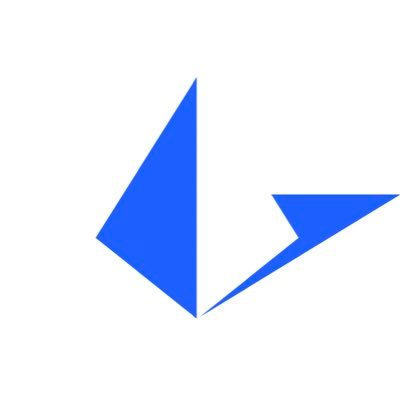
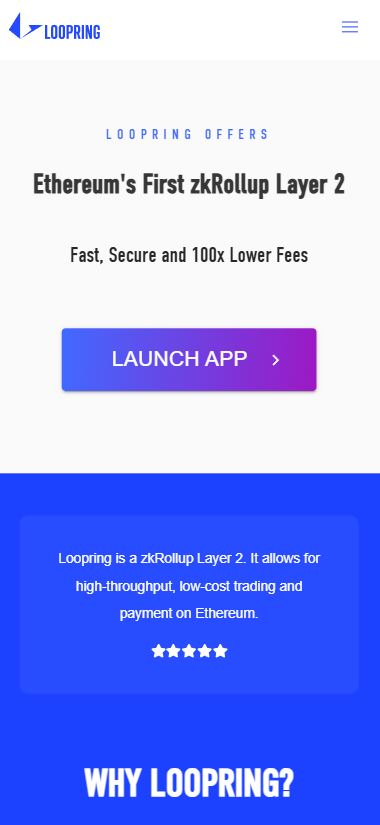
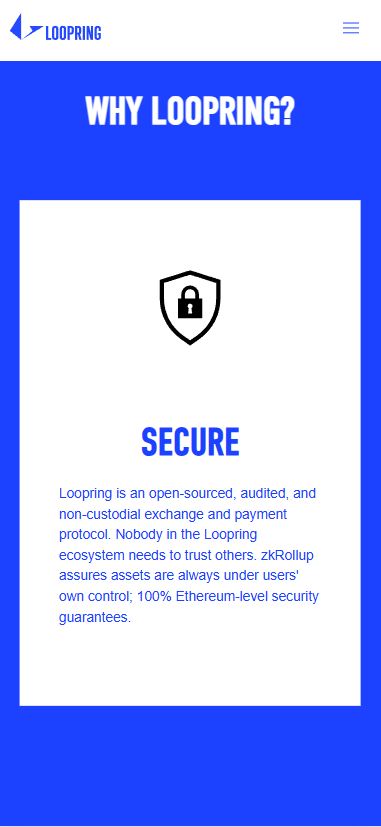
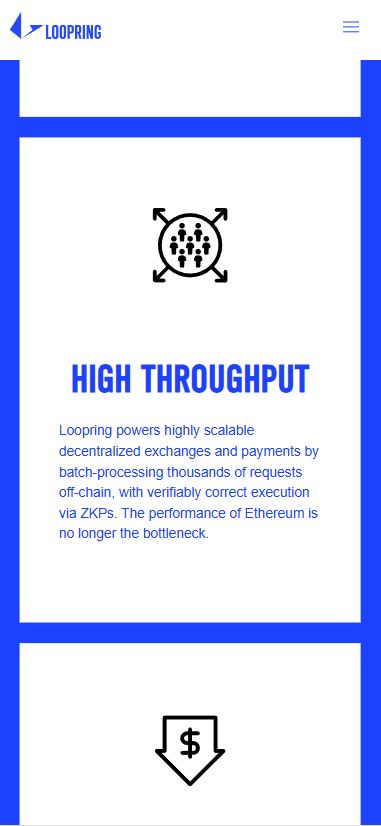
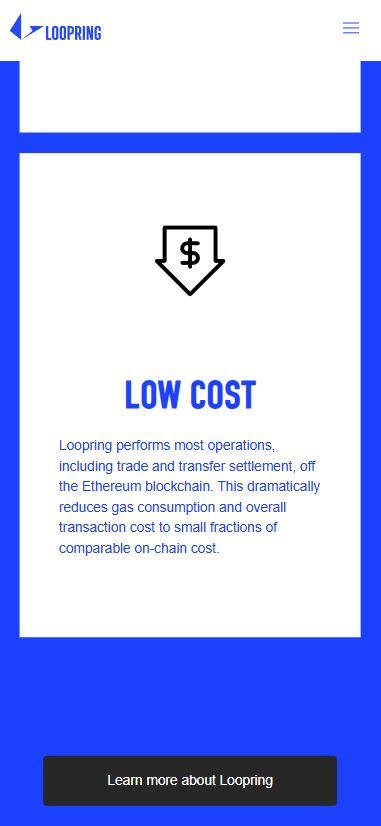

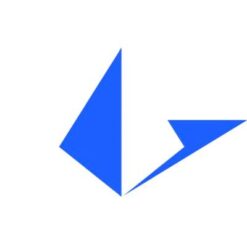








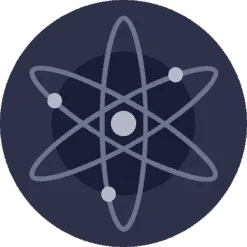

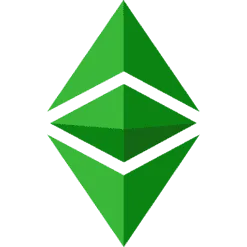



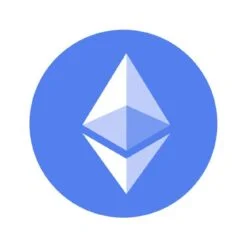
Harran –
LRC is an Ethereum based protocol